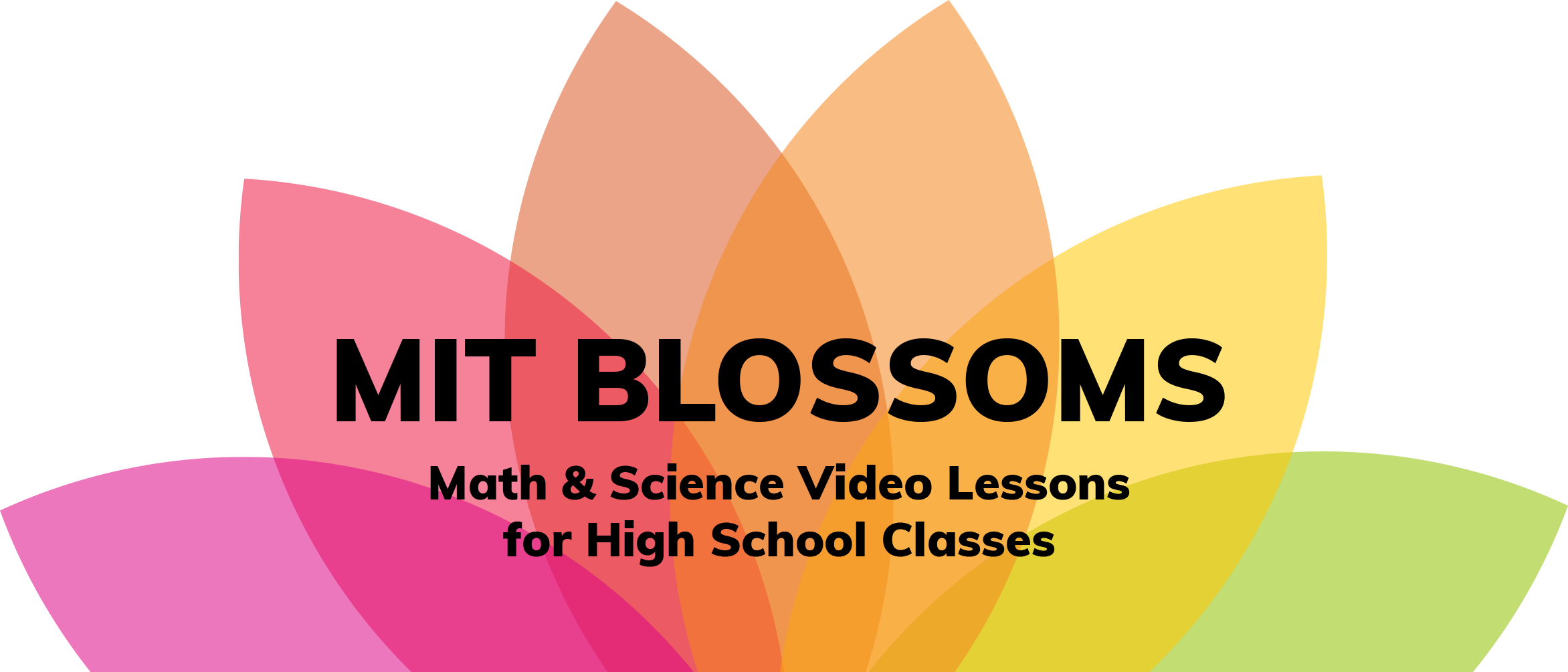Alice Berger earned her Bachelors of Science in Chemistry from the University of Virginia, before completing a Ph.D. in 2011 at Cornell University’s Weill Graduate School of Medical Sciences. Her Ph.D. research – which was in the field of cancer biology – was performed in the laboratory of Dr. Pier Paolo Pandolfi, based first at Memorial Sloan-Kettering Cancer Center and later at Harvard Medical School and Beth Israel Deaconess Medical Center. Alice is now pursuing post-doctoral research at the Broad Institute in the laboratory of Dr. Matthew Meyerson, in the field of lung adenocarcinoma genomics.
Tina Huang graduated in 2011 from Wellesley College with a degree in Biology. Since graduation, Tina has been working at the Broad Institute's Cancer Program, in Dr. Todd Golub's lab.
Luc de Waal is a PhD student at the Dana Farber Cancer Institute, in the laboratory of M.D. PhD Matthew Meyerson. He joined Matthew Meyerson's lab after obtaining his undergraduate and Masters degrees, both in biomedical sciences, in the city of Utrecht in the Netherlands. His current research focuses on small cell lung cancer. Luc is working both to identify genes required for growth of these lung cancer cells, and to develop and characterize small molecules that may act to inhibit these genes.
Megan Rokop is the Director of the Educational Outreach Program at the Broad Institute of MIT & Harvard, a biomedical research institute located on the MIT campus. Megan earned her Ph.D. in biology at MIT, and has taught biology both to high school students in the Boston area, and to undergraduate students at MIT.
The project described was supported by Grant Number U54CA112962 from the National Cancer Institute. The content is solely the responsibility of the authors and does not necessarily represent the official views of the National Cancer Institute or the National Institutes of Health.



